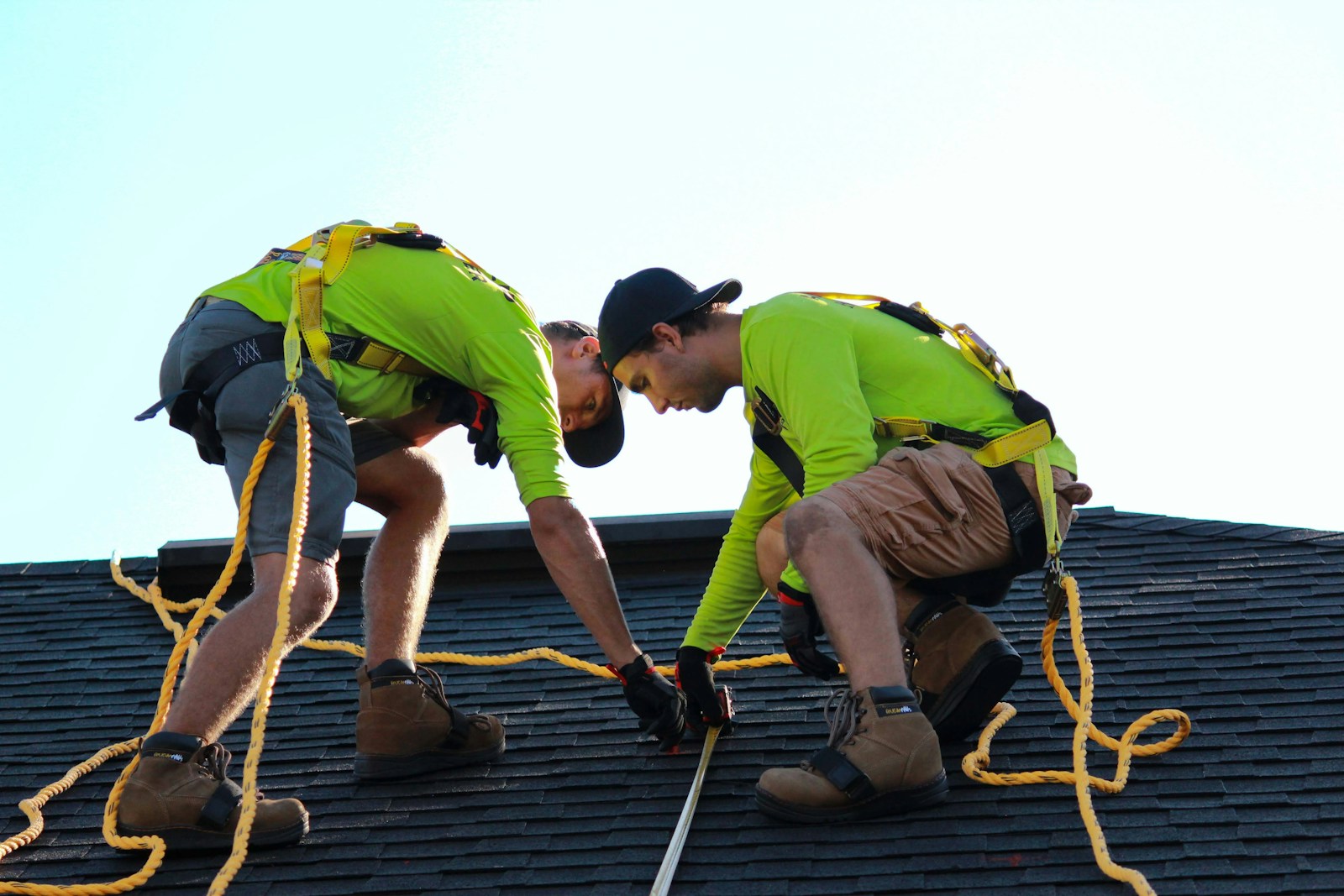A leaky roof can be a homeowner’s worst nightmare, especially when it leads to water damage, mold growth, and costly repairs. Whether caused by age, severe weather, or poor installation, a leaky roof requires prompt attention. Fortunately, with the right tools and some basic knowledge, you can often fix a leaky roof temporarily until you can get professional help. This essay will explore some quick tips to help you manage a leaky roof effectively and prevent further damage.
1. Identify the Source of the Leak
The first step in fixing a leaky roof is identifying the exact location of the leak. Water may travel down beams and rafters, making it difficult to pinpoint where it is coming from. Start by checking the attic, as it offers a clear view of where water might be seeping in. If you notice any wet spots or dripping water, follow the path of the water to find the roof’s exterior source. It might be a missing shingle, a crack, or damage around chimneys, vents, or skylights. For expert help with this consider reaching out to roof contractors near Delta Ohio.
2. Ensure Safety First
Before attempting any repairs, ensure that it’s safe to access the roof. Always use a sturdy ladder, wear appropriate footwear, and work in dry weather conditions. If you are unsure about getting on the roof or feel uncomfortable doing so, it’s best to call a professional. Roofing repairs can be dangerous, especially for those without experience.
3. Temporary Patching with Roofing Tar
Once you have located the leak, you can apply a temporary patch using roofing tar or sealant. This will help prevent further water infiltration while you arrange for a more permanent repair. Roofing tar is easy to use; simply apply it to the leaky area and smooth it out with a putty knife. Be sure to cover the entire affected area, including any cracks or holes in the shingles or roofing material. If the leak is near the flashing or vents, apply tar around these areas as well.
4. Use Roofing Tape for Small Holes
For smaller holes or cracks, roofing tape or waterproof tape can be a quick and effective solution. Roofing tape is designed to be waterproof and sticky, which allows it to form a seal over leaks in the roof. Simply cut the tape to the appropriate size and press it firmly onto the leak. This is especially useful for cracks in the shingles or in areas where the roof’s surface has deteriorated.
5. Replace Damaged or Missing Shingles
If the leak is due to damaged or missing shingles, it is important to replace them as soon as possible. Begin by carefully removing the old shingles, taking care not to damage the surrounding area. Then, slide a new shingle into place and secure it with roofing nails. It is essential to overlap the new shingles properly to ensure they are sealed against water entry. This will temporarily fix the leak until you can replace the shingles more permanently.
6. Check the Flashing
Flashing, the metal strips that seal areas around chimneys, vents, and skylights, is another common cause of roof leaks. Over time, flashing can rust or loosen, allowing water to seep underneath. Inspect the flashing for signs of damage or deterioration. If necessary, seal the gaps around the flashing with roofing sealant or replace it entirely. This step is particularly important for preventing leaks in vulnerable areas of the roof.
7. Clean Gutters and Downspouts
Clogged gutters and downspouts are another common cause of roof leaks. When gutters become blocked with debris such as leaves and twigs, water can back up onto the roof and find its way under shingles. Regular cleaning of gutters and downspouts is crucial to ensure that rainwater flows freely off the roof. This simple step can help prevent leaks and other roof-related issues.
8. Consider Temporary Tarps for Large Leaks
For larger or more severe leaks, consider covering the affected area with a heavy-duty tarp. Use ropes or bungee cords to secure the tarp over the leaky section of the roof. Make sure the tarp extends well beyond the leak to prevent water from getting underneath. This will offer temporary protection from further water damage until you can make a permanent repair.
9. Call a Professional Roofing Contractor
While these quick tips can help you manage a roof leak temporarily, it’s important to call a professional roofing contractor for a permanent solution. Roofing experts have the skills and tools necessary to repair or replace damaged sections of the roof. They can also inspect the entire roof for any other potential issues that may lead to future leaks.
A leaky roof is a common but serious issue for homeowners, as water damage can quickly escalate into costly repairs and structural damage. While it’s essential to address the leak as soon as possible, using temporary fixes such as roofing tar, roofing tape, and replacing damaged shingles can help reduce the severity of the problem. Regular maintenance, including cleaning gutters and checking flashing, can also help prevent leaks from occurring. Ultimately, for long-term peace of mind, it’s best to consult with a professional roofing contractor who can assess the roof’s condition and provide permanent repairs.

